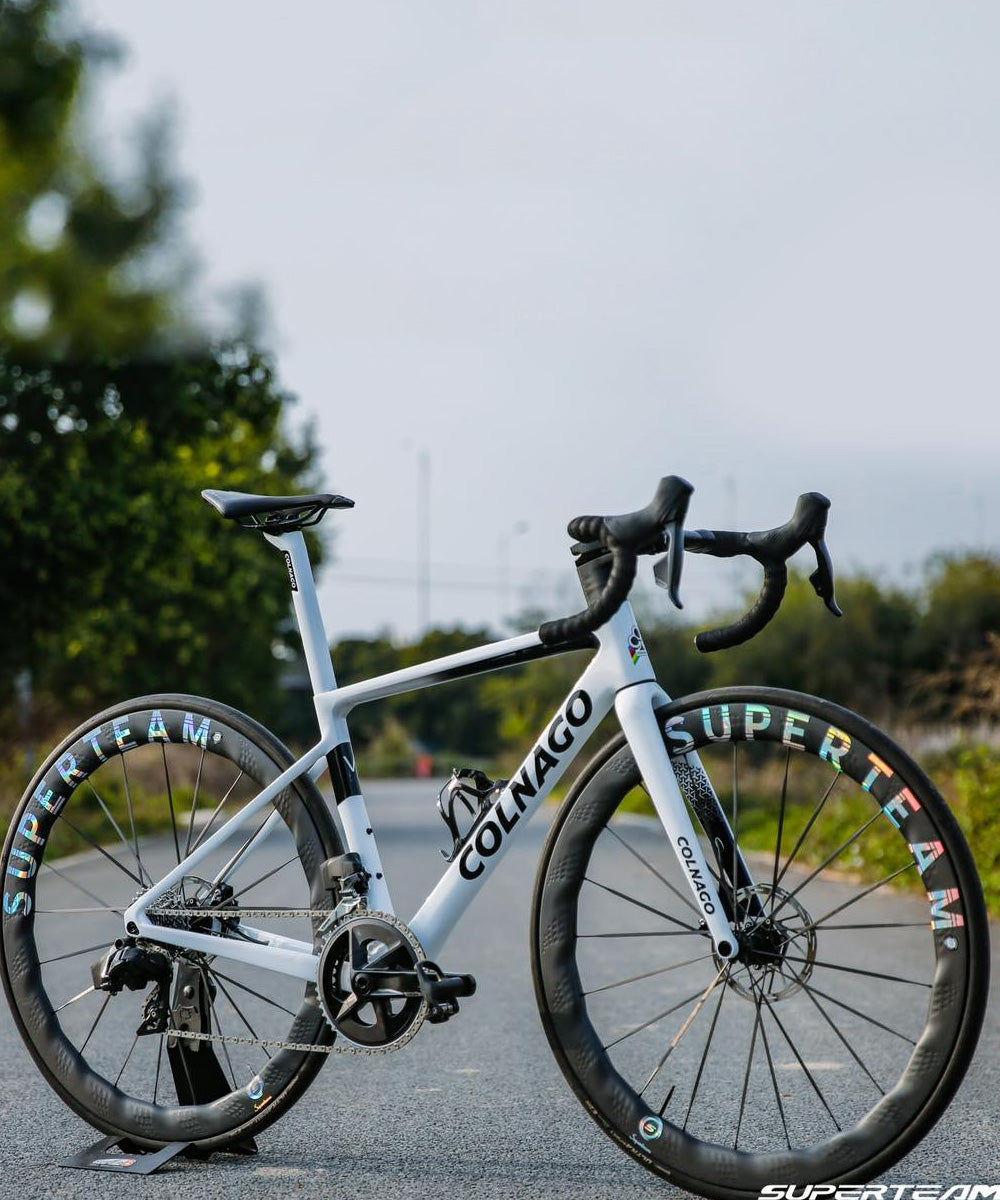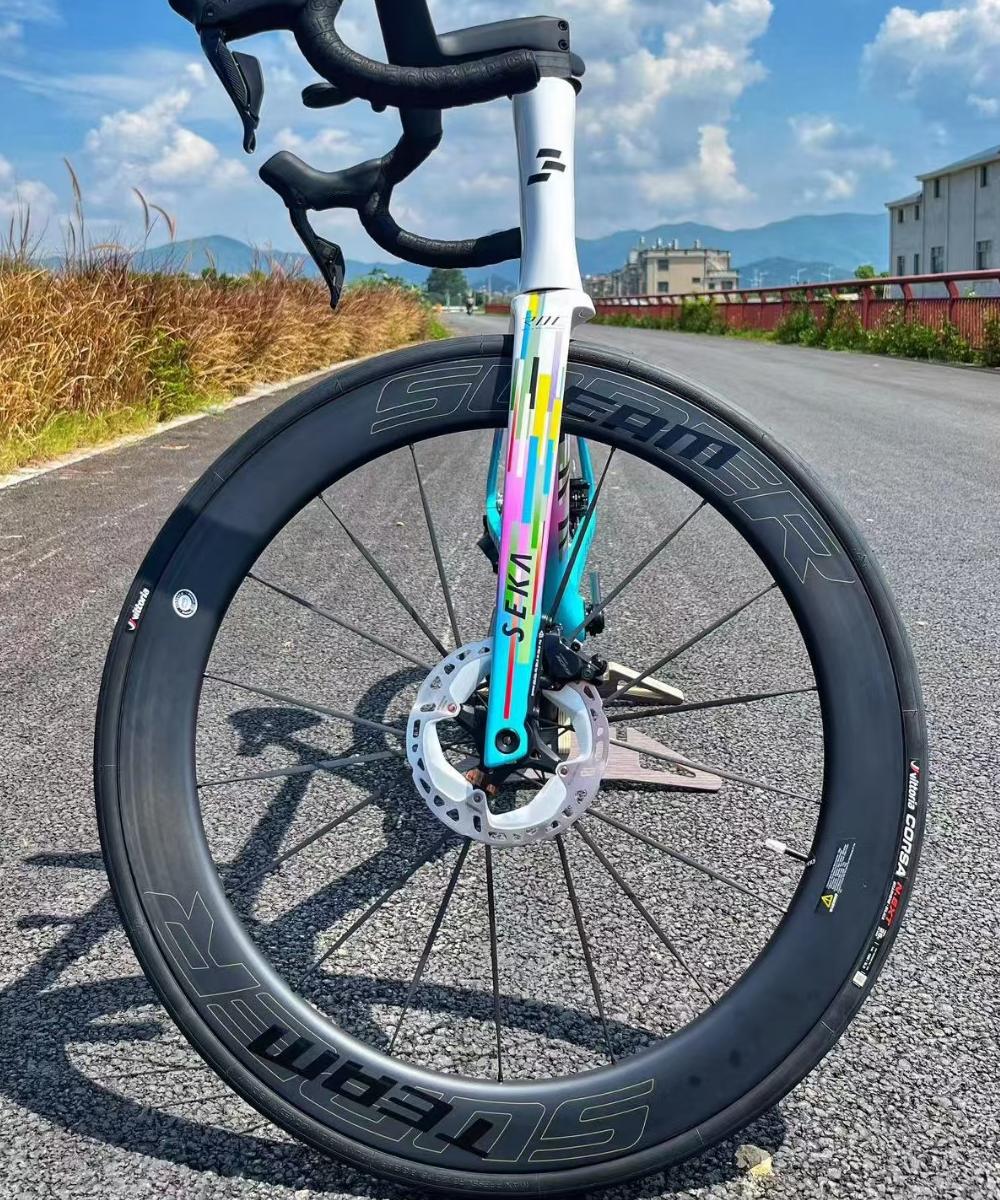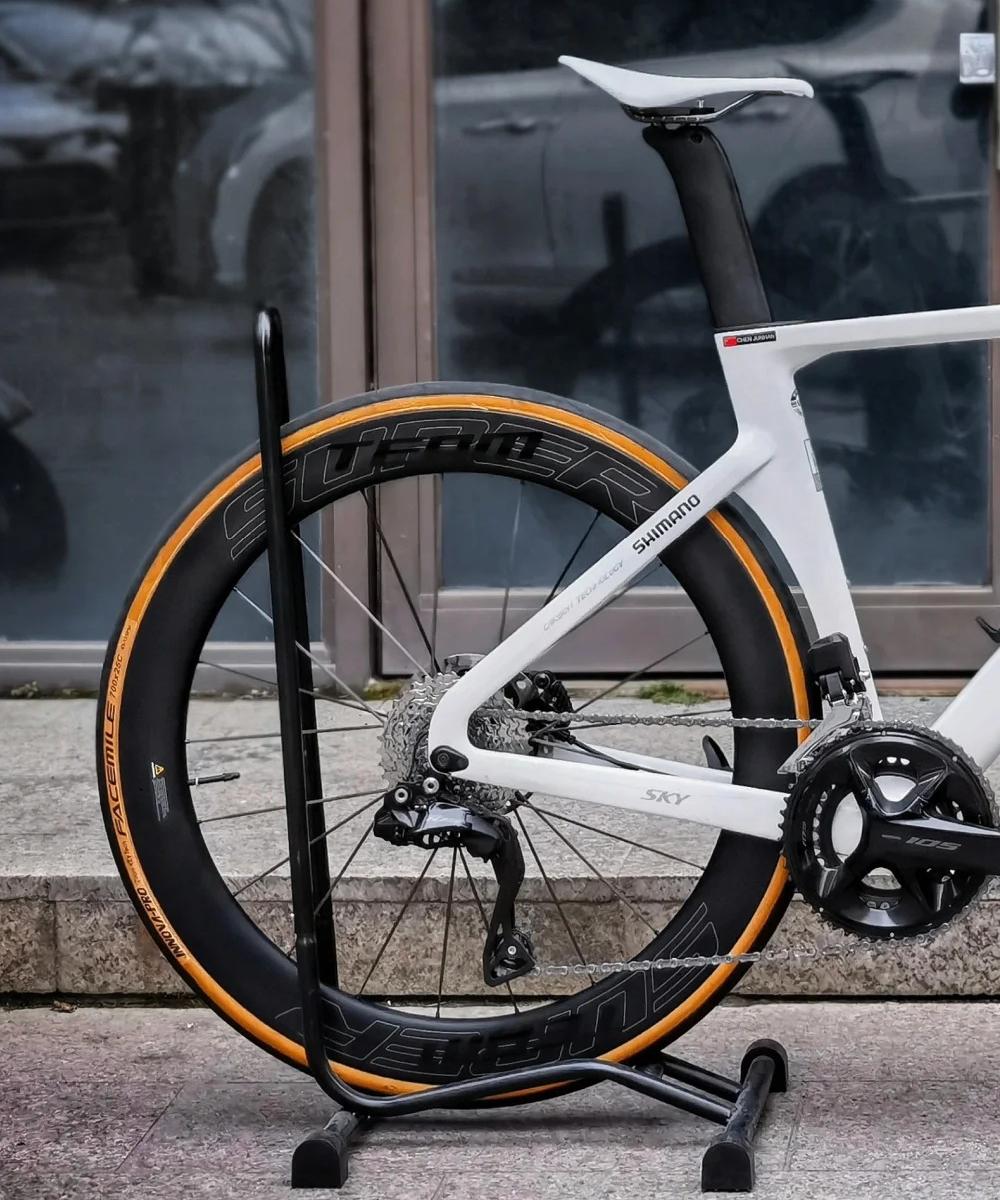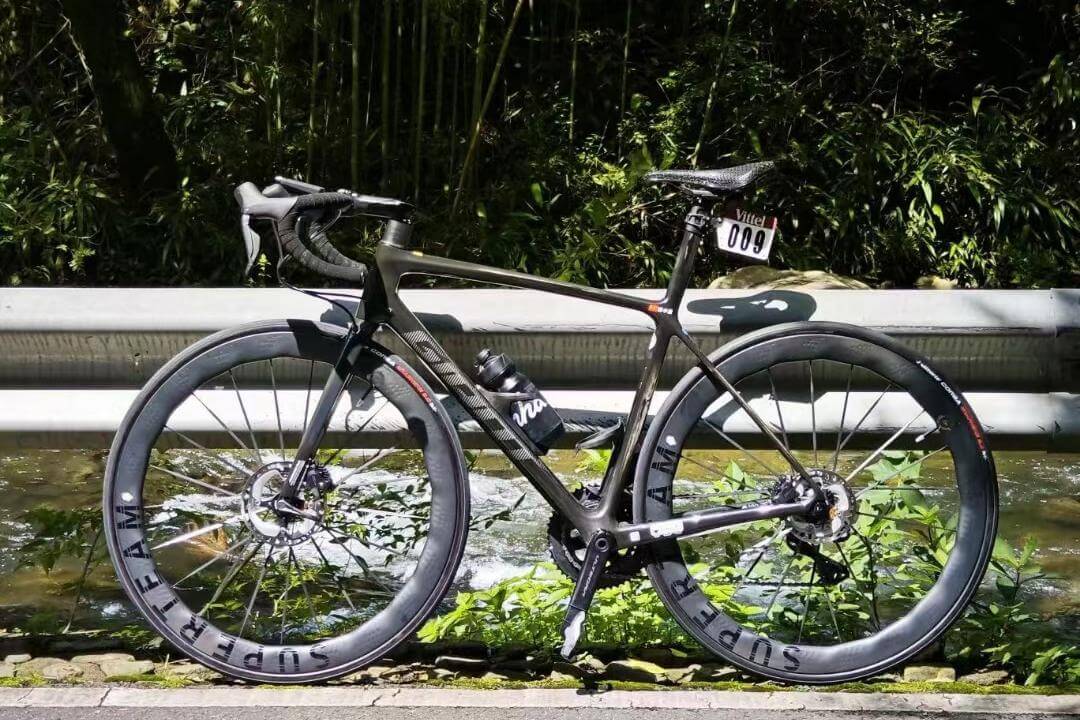At first glance, gravel wheels don’t seem like they need to be aerodynamic. After all, gravel riding is more about endurance, comfort, and versatility than about pure speed. But in reality, modern gravel wheelsets hide a surprising amount of aerodynamic engineering—designed not for maximum drag reduction like road wheels, but for optimized efficiency across rough and variable terrain.
1. The Subtlety of Aero Gains on Gravel
Unlike road racing, gravel speeds typically range from 25–35 km/h, which is below the threshold where aerodynamics dominate. Yet, over long distances and into headwinds, small reductions in drag can save considerable energy. Engineers now design gravel rims with smoother airflow transitions, especially around wider tires that deform differently from road slicks.

2. Wider Rims and Tire Integration
The key to gravel wheel aerodynamics is tire-rim harmony. Modern gravel rims feature internal widths between 25–28mm, perfectly matching tires from 38–45mm. This seamless transition minimizes turbulence at the tire’s shoulder—a critical improvement over older, narrow rims that created abrupt airflow separation.
In wind tunnel testing, even a few watts of drag reduction can translate to minutes saved over an ultra-distance race like Unbound Gravel or The Rift in Iceland.
3. Optimized Rim Depth for Mixed Terrain
Deep-section rims provide aero benefits but can be unstable in crosswinds or harsh terrain. That’s why most modern gravel wheels settle in the 35–45mm depth range—a sweet spot that blends aerodynamic efficiency with predictable handling. The slightly deeper profile also stiffens the rim vertically, helping maintain momentum on rolling terrain.
4. Spoke Count and Bladed Designs
Bladed spokes, once reserved for road racing, are now appearing on gravel wheels. Their flatter profile reduces air turbulence while maintaining lateral stiffness. However, wheel builders must balance spoke count for durability—commonly 24 to 28 spokes per wheel—to withstand the impacts of gravel riding without compromising aerodynamics.

5. Hub Shell Shaping and Flange Placement
Aerodynamics don’t stop at the rim. Modern hubs are sculpted to smooth airflow and reduce frontal drag. Some even feature asymmetric flanges to create a more balanced spoke bracing angle, improving both stability and drag efficiency.
6. Real-World Efficiency vs. Wind Tunnel Data
While lab data often focuses on drag coefficients, real-world gravel aerodynamics must also consider rolling resistance and terrain vibration. A slightly heavier but smoother-rolling wheel can outperform a lighter, more “aero” one over long distances. Manufacturers now test in simulated gravel conditions rather than relying purely on road-based tunnel data.

Conclusion
The next time you see a modern gravel wheelset, don’t be fooled by its rugged look. Beneath the wide tires and sturdy spokes lies a carefully tuned aerodynamic system—refined for the unique speeds, surfaces, and stability needs of gravel riders. It’s proof that, even off the tarmac, aero still matters—just in subtler, smarter ways.








Leave a comment
All comments are moderated before being published.
This site is protected by hCaptcha and the hCaptcha Privacy Policy and Terms of Service apply.